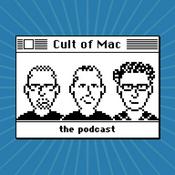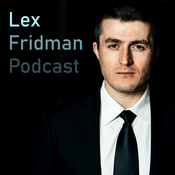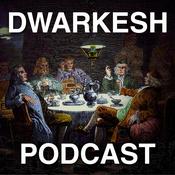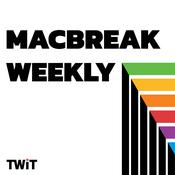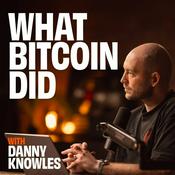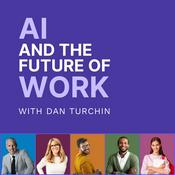173 episodes

#171: Why Agile Teams Succeed—or Don’t with Colin Fisher
17/12/2025 | 34 mins.
Most teams aren’t broken because of individual incompetence. They’re struggling because the group itself isn’t set up to thrive. In this episode, author and researcher Colin Fisher joins Brian to reframe how we think about team performance, conflict, and psychological safety through the lens of real science, real practice, and a little jazz.

#170: Leadership Lessons from the Marine Corps with Tanner Wortham
10/12/2025 | 30 mins.
What can Agile leaders learn from the Marines? In this episode, Tanner Wortham joins Brian to share how principles of military leadership—like building authority into the trenches, experimenting under pressure, and prioritizing shared mission over ego—map surprisingly well to modern Agile teams.

#169: Building Practical AI for Agile Teams with Hunter Hillegas
03/12/2025 | 34 mins.
It’s not just about cool tools. Hunter Hillegas (CTO at Mountain Goat Software) joins Brian to unpack what it’s really like to build with AI—from hallucinations and context management to dev workflows, testing strategies, and where the humans still matter most.

#168: Gratitude, Growth, and the Power to Evolve with Brian Milner
26/11/2025 | 7 mins.
It’s not a full episode this week—but it might be the one your heart needs. Brian Milner shares what he’s truly grateful for this year (spoiler: it’s not a new tool or framework), reflects on the human side of agility, and invites you to join him in a quick pause before the final sprint of 2025.

#167: Running Better Remote Meetings with Evan Unger
19/11/2025 | 33 mins.
Consultant and collaboration expert Evan Unger joins Brian to share practical tactics for leading more engaging, effective meetings that actually get results (and don’t drain everyone’s will to live).
More Technology podcasts
Trending Technology podcasts
About Agile Mentors Podcast from Mountain Goat Software
Listen to Agile Mentors Podcast from Mountain Goat Software, Cult of Mac and many other podcasts from around the world with the radio.net app

Get the free radio.net app
- Stations and podcasts to bookmark
- Stream via Wi-Fi or Bluetooth
- Supports Carplay & Android Auto
- Many other app features
Get the free radio.net app
- Stations and podcasts to bookmark
- Stream via Wi-Fi or Bluetooth
- Supports Carplay & Android Auto
- Many other app features


Agile Mentors Podcast from Mountain Goat Software
download the app,
start listening.
